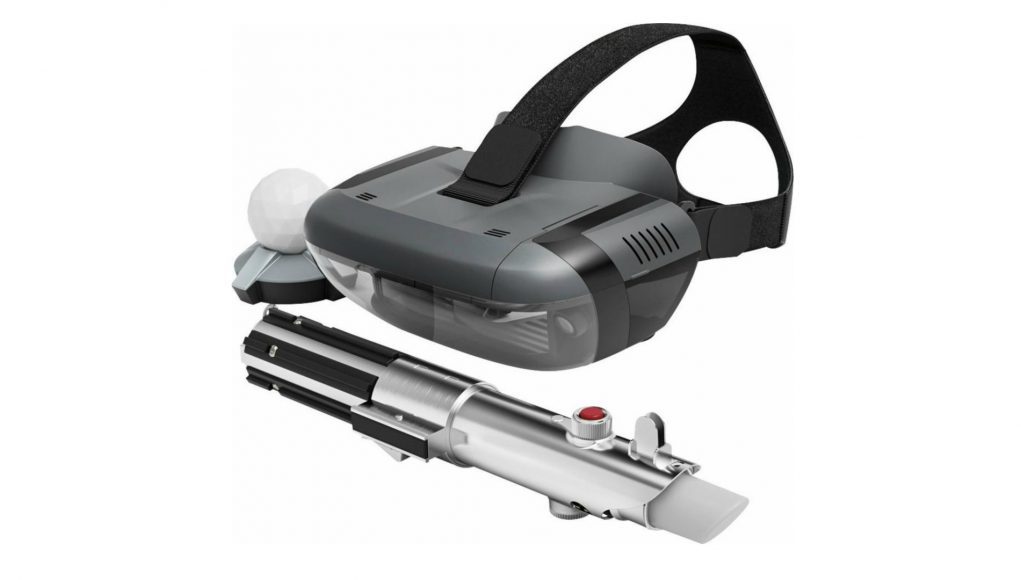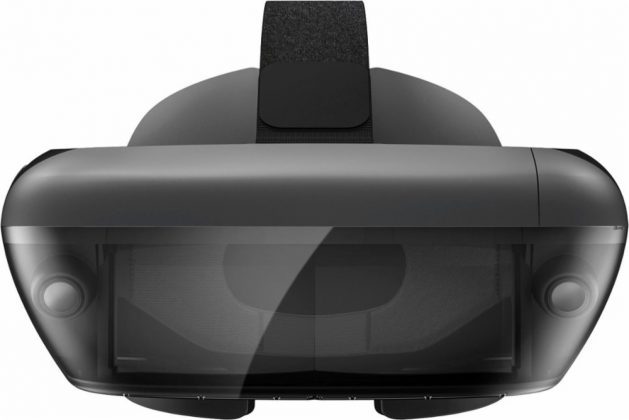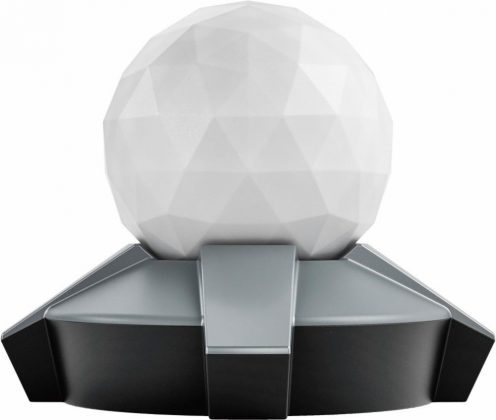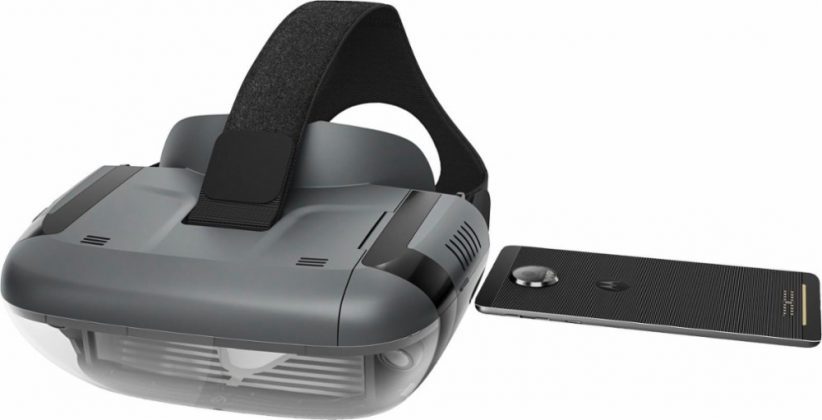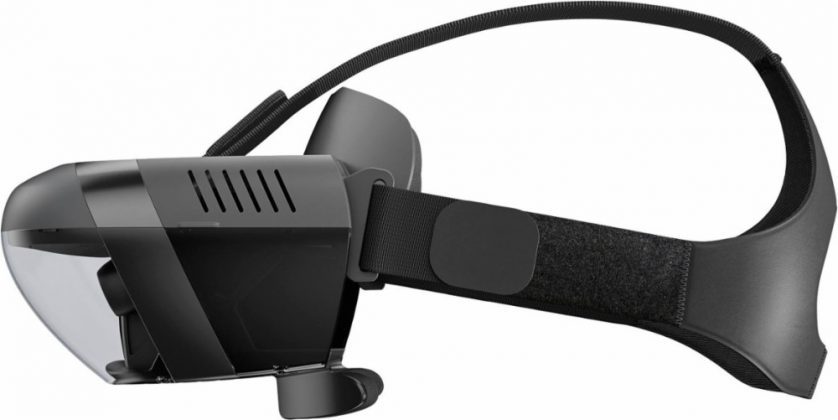Lenovo Mirage AR headset is now available for pre-order at BestBuy.com and Lenovo.com for $200, which includes a Lightsaber controller, base station, and the star of the show: a collection of games called Star Wars: Jedi Challenges. But will it be enough to attract would-be Jedi to the augmented reality side of the Force and keep them there?
Virtual reality owes much of its popularity to mobile VR, with its promise of abundant, economical and serviceable headsets like Samsung Gear VR and the even cheaper Google Cardboard—the sort of ‘headset shells’ that only require a suitable smartphone to run. While Apple and Google have already made their first big moves into the realm of augmented reality with the release of their respective software development kits for smartphone-based AR, there still isn’t a widespread ‘Cardboard for AR’ yet, no opening gambit that potentially put an AR headset in every Christmas stocking.
With the entrance of Lenovo’s Mirage AR headset and the bundled Star Wars: Jedi Challenges, the exclusive Lightsaber-centric AR experience teased by Disney and Lenovo a few months ago, you may have to wait a little while longer for the cheap and cheerful AR solution of your dreams. With a $200 price tag (twice the cost of Gear VR) and ostensibly only one experience to its name, it’s hard to say what the future of the Mirage will be.
Inside the box is the smartphone-powered Mirage AR headset, a dedicated “collectible quality” Lightsaber controller, a base station to optically stabilize the headset’s tracking, batteries, charger, and all the right cables to connect up whatever modern phone you happen to own (see compatibility list below). Once you’ve got your smartphone seated correctly and the whole kit is sorted, you can then download the Star Wars: Jedi Challenges experience and start the fun.
In the experience itself, you get a chance to engage in Lightsaber battles against Star Wars universe baddies like Kylo Ren and Darth Vader, play the iconic HoloChess, and clash against the Empire in a tabletop real-time strategy game.
CNET went hands-on with the headset, calling the field of view “too narrow to really be immersive,” and saying the AR elements “felt like they were floating around, probably because it’s not true room tracking.” According to the article, the Lightsaber battle’s graphics were also “underwhelming.”
Engadget’s report was much less damning on the software side, saying the Lightsaber demo was “really fun and immersive experience, and I liked the haptic feedback I got whenever I blocked or took a hit.”
Mixed previews notwithstanding, the question remains of what to do with the headset when you’re finally finished with all three games.
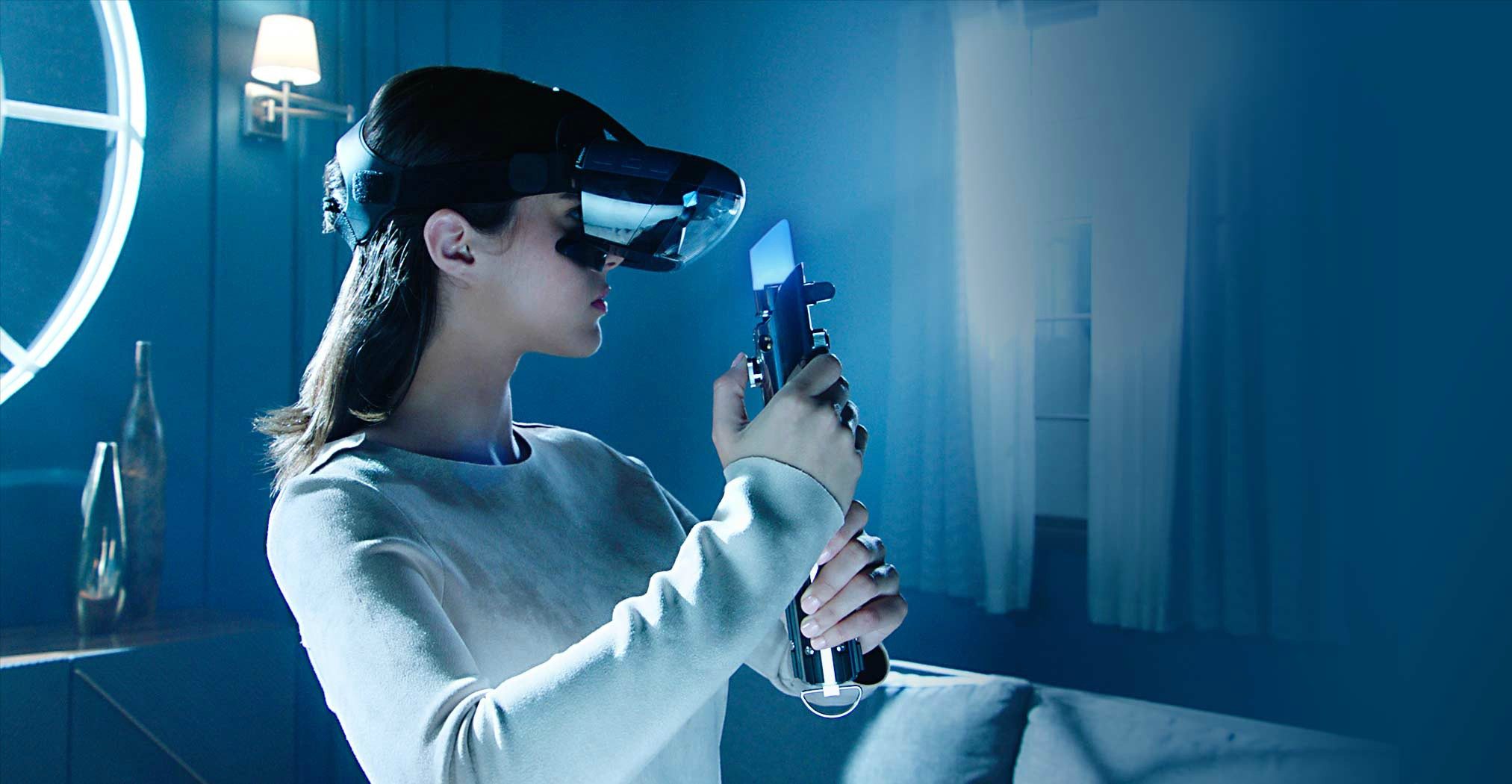
You may argue that mobile VR, including Google Day Dream, Samsung Gear VR, and Google Cardboard, are all gimmicks in their own right and that the Mirage is no different. Regardless of your stance, mobile VR platforms all have fairly mature marketplaces stocked with plenty of content to chew through, the result of which required developer funding campaigns lead by Oculus and Google to establish back before their respective launches. If the Mirage for some reason can boast this healthy marketplace of apps between now and its holiday season launch, the proposition of a ‘Cardboard for AR’ becomes that much more real as it veers out of gimmick territory into a legit AR platform.
Best Buy and Lenovo remain the exclusive vendors for pre-orders, although the Star Wars AR pack will be available online and in stores starting in November. The AR headset is compatible with a variety of phones including the iPhone 7 Plus, iPhone 7, iPhone 6s Plus, iPhone 6s, Samsung Galaxy S8, Samsung Galaxy S7 edge, Samsung Galaxy S7, Google Pixel XL, Google Pixel, and Moto Z. The Best Buy order page contends devices with iOS 9 and above, Android 4.1 and above will be able to hook into the headset.
We’ll be keeping our eye on the Mirage in the coming months to see just what Disney/Lenovo have in store (if anything).

